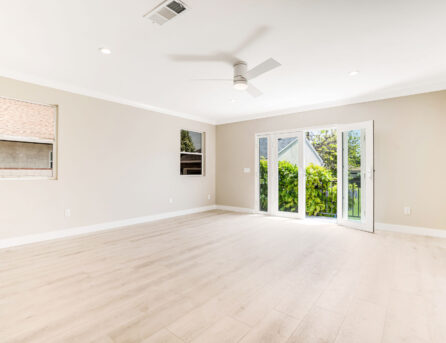
Building or remodeling a house is an exciting endeavor that requires careful planning, attention to detail, and skilled craftsmanship. While some homeowners may consider taking on these projects themselves, there are several compelling reasons why hiring a professional contractor is crucial. In this blog, we will explore the benefits of entrusting your home construction and…

Accessory Dwelling Units (ADUs) have become increasingly popular in recent years as a practical and cost-effective solution for homeowners looking to maximize their property’s potential. ADUs are self-contained living spaces that are typically located on the same property as the main residence. They can be used for a variety of purposes, including rental income, accommodating…

Working from home meant we could vary snack and coffee breaks, change our desks or view, goof off, drink on the job, even spend the day in pajamas, and often meet to gossip or share ideas. On the other hand, we bossed ourselves around, set impossible goals, and demanded longer hours than office jobs usually…

